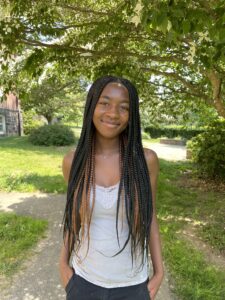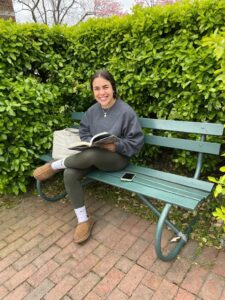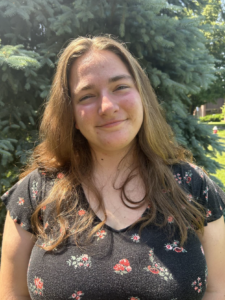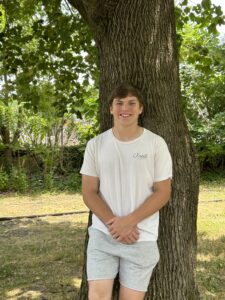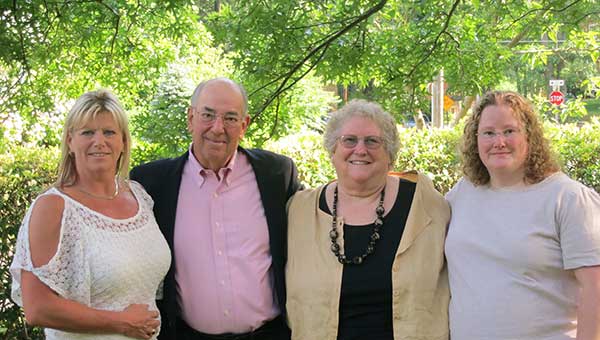
Carl Uehlein ’58, Judith (Judy) Taylor Uehlein ’57, Christine (Chrissie) Uehlein Nelson ’86, and Sara Uehlein ’88 share a unique perspective of George School traditions across two generations of alumni. Some of the traditions through the decades have remained the same, while others have changed and evolved.
“The fondest George School traditions that came to my mind from back when I was on campus are sticky buns on Friday at noontime and Kindness of Bearer notes (KOBs) that you sent if you had a particular friend in the dorm and wanted to get them a message in the late afternoon or evening,” Carl described.
Sara continued with the food that defined her George School experience. “Tater Tot Tuesday! That was something that was big in the eighties. Every morning for breakfast, there was some sort of fried potato. Tuesdays was always tater tots.”
Chrissie added, “For us, I remember sticky buns after meeting for worship on Fridays.”
“Sticky buns were big during our time at George School. Judy’s brother, who lives nearby and also went to George School, makes sticky buns and shares them with us on occasion,” said Carl.
George School traditions go beyond the sweet and savory flavors of nostalgia of the dining room. Many traditions at George School come from its Quaker roots.
“We were brought up in a Quaker tradition,” Judy explained. “So a lot of collegiality, diversity, and informality were already a part of our family traditions. George School was the epitome of those traditions and reinforced them with all of us.”
“The diversity and collegiality of George School, and wide range of economic diversity in the student body were all things Judy and I grew up with because of our Quaker traditions and are things that we taught Chrissie and Sara,” Carl added.
“Both Sara and Chrissie went to a very open and informal day school here in Alexandria, which was the first school to integrate in the state of Virginia. It was founded based on Quaker philosophy and the traditions were there. The girls attended there because of the similarity to George School. Among the reasons we continue to contribute to George School is because of the diversity of the students,” Carl continued.
Chrissie agreed. “I have raised my children in the tradition of being as open as possible and raised them in diversity.”
In addition to the philosophical traditions that permeate the culture at George School, tradition in physical space has shaped the student experience from the time that John M. George gifted the land that is now our campus.
“South Lawn and the path to the Meetinghouse were great areas to relax and hang out with friends for the few minutes between classes,” Chrissie described. “I have some friends who did not go to George School, and they spent most of the school day indoors and did not have the chance to really get fresh air.”
“That must be a newer tradition, because when I was at George School, we had meeting for worship upstairs in the auditorium above the dining room and we did not really go outside at that point,” said Carl. Both Judy and Carl recall a tradition where every morning, students had a brief commons meeting in the auditorium where they heard announcements, had some silence, and sang a religious song. The head of school and faculty would sit on the stage while students were seated alphabetically. “It was very nice to bring everyone together to start the day just after breakfast and before class,” they said.
“I think that the physical, green space of George School is special,” Sara continued. “The tradition of walking down the path twice a week to attend meeting was memorable for us. When Chrissie and I were both at George School—during her senior year and my sophomore year—Marshall Center opened. Creating new traditions is important for every generation of students, but still having a connection to the history of George School, in places like the Meetinghouse and South Lawn, is like being connected to everyone who attended George School before you.”
“We went to the occasional dance in Marshall Center back when it was still the girls’ gym. Another tradition that Judy and I fondly remember at George School was the Newtown Local, which was the train that had a stop right on campus,” Carl said. “I would take the train on occasion to Philadelphia to visit Judy, who graduated a year before me, and we would see an Eagles football game. It was nice to be able to get off campus without paying the cost of a long cab ride.”
“We went to Trenton to get the train. I think your train trip to Philly must have turned into the George School van trips to the mall each Friday,” Chrissie quipped. “Those vans to the mall are definitely a George School tradition now.”
“What about the tree, Chrissie?” Carl asked.
“The tree was a big thing for me,” Chrissie replied. “South Lawn does not look the same with all the small trees. The new logo is not the same tree either because it has leaves. The George School tree I remember did not have leaves. I guess our dead tree turned into a new tree with leaves when they planted a new one.”
While physical space is important to create an environment for traditions to embed in culture, it is the people who occupy that space that create and change traditions across generations. Sometimes, especially at a deeply rooted place like George School, those same people influence multiple generations of students.
Sara explained, “I was thinking about traditions that carried through my time at George School and after. I remember calling teachers by their first name, and the collegial environment that it created. It helped me to realize, early on, that calling a teacher by their first name is not a sign of disrespect. Respect comes from the person that they are, not by the name that I call them. George School taught me equality through that tradition, which has stuck with me even in my current professional setting.”
Carl replied, “We did not call teachers by their first name. Julius Laramore and Dottie Detwiler were the exceptions that I can remember.”
“Dottie is one of the few teachers who was there during my parents’ time and our time at George School decades later. I have so many fond memories of Dottie,” Sara said.
Another tradition that remains constant for all generations of George School alumni, parents, and students is the dedication to service on and off campus. Service-learning trips, previously referred to as work camps, have not changed in mission since George School’s inception.
Chrissie described, “Service learning was a big tradition when I was at George School. I know that there are still service-learning trips, which is a great tradition to see persisting.”
“We did work camp trips when I was at George School. I did not go on one, but my mother, who was the Class of 1932, went to West Virginia at the height of the Great Depression, and that influenced the rest of her life. When I was there, we still had students going to Germany to help rebuild in the post-War [World War II],” Carl fondly recalled.
“We also went to West Virginia and cleared fields, built chicken coops, traveled to some of the coal towns and learned about the coal miners who lived there. I learned a lot during that week, which changed my life,” Chrissie added.
“We support a fund at George School for such trips. It is a very important part of the educational experience and tradition of the school that they continue that type of help with that kind of work.,” Carl said.
Participation in George School athletics is also a tradition that spans the decades as students from every generation work to fulfill their physical education and competitive sports requirements. One thing that has changed is our rival schools.
“Our sports rival was Westtown. I remember the competition for the Moose Head, which I believe the Class of 1985 may have taken from Westtown,” Chrissie said. “They used to hang tea bags on each side, one side for George School and the other for Westtown depending on the winner of each contest.”
“Westtown was not our rival. It was always Bryn Athyn or the Hun School,” explained Judy. “The whole school would take the train to Bryn Athyn to see the football game in the fall.”
“I was always so impressed with the number of teachers and students who would attend our matches,” Chrissie said. “It was a big thing to have so much support for each other in sports. I also loved the alumni-student games.”
“Did you swim in the small pool in the girls’ gym?” Carl asked.
“No, we were in the Marshall-Platt pool,” Chrissie replied.
Attending George School is a family tradition for both sides of Carl and Judy’s families and their relationship started at George School, where they met.
“Attending George School is a tradition in our family. We have grandparents, aunts, uncles, and other relatives who all went to George School,” Sara explained.
“The interesting thing is that Carl and I first met at George School. It is kind of a tradition of ours,” Judy reminisced.
Carl added, “The Quaker match box tradition worked with us. When we met we had not known of each other, even though each of our uncles and aunts signed each other’s Quaker wedding certificates.”
George School’s traditions are ever evolving, but many will remain constant and make George School the amazing place that will continue to educate students on the rolling hills of South Lawn.


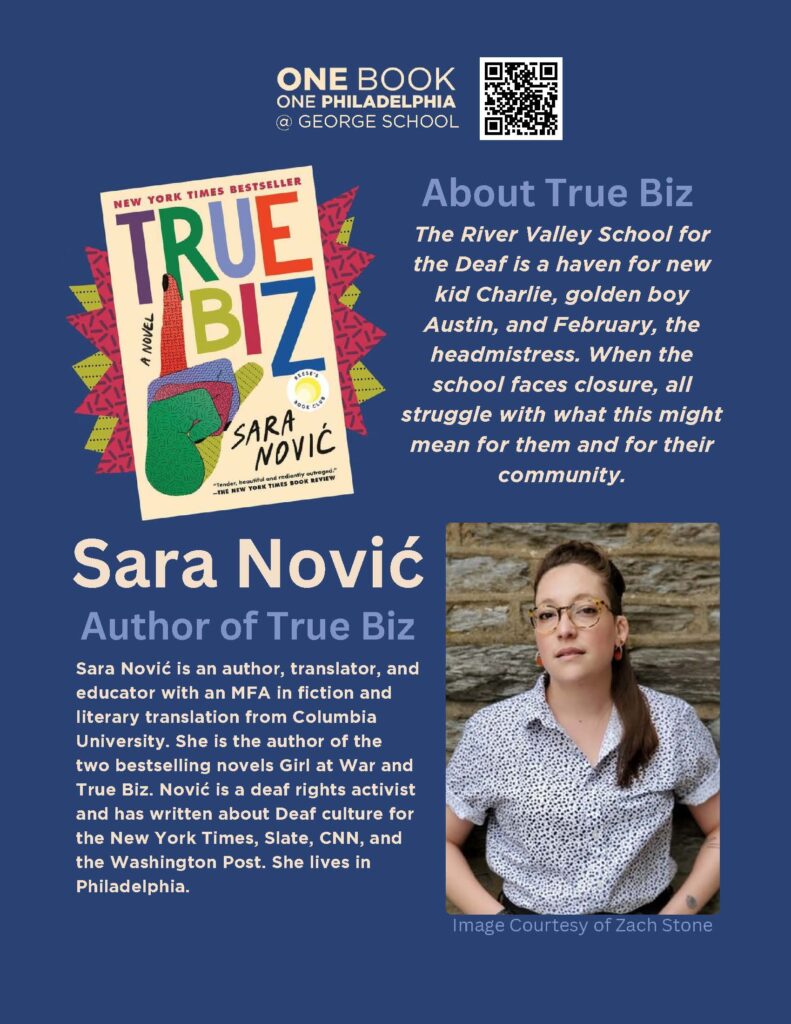

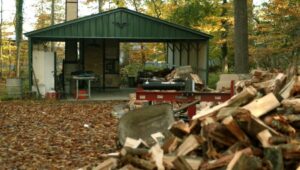

 Monastir, Tunisia, and Amman, Jordan
Monastir, Tunisia, and Amman, Jordan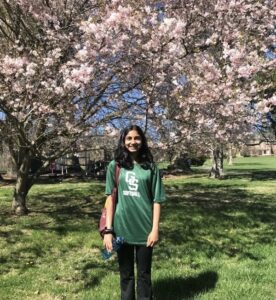 Irvine, CA
Irvine, CA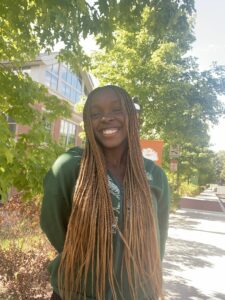 Feasterville-Trevose, PA
Feasterville-Trevose, PA New Hope, PA (Previously NYC)
New Hope, PA (Previously NYC)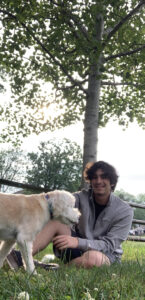 Richboro, PA
Richboro, PA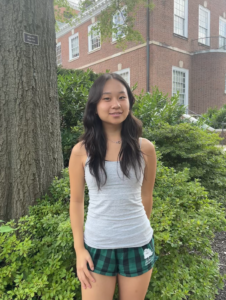 Englewood, NJ
Englewood, NJ Ningbo, Zhejiang, China
Ningbo, Zhejiang, China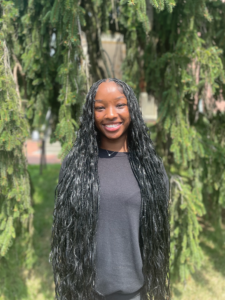 Willingboro, NJ
Willingboro, NJ Yardley, PA
Yardley, PA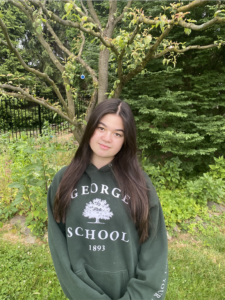 Newtown, PA
Newtown, PA Holicong, PA
Holicong, PA Newtown, PA
Newtown, PA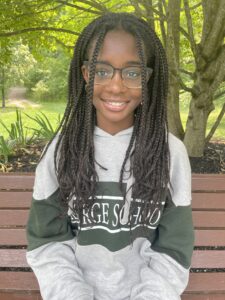 Hamilton, NJ
Hamilton, NJ Yardley, PA
Yardley, PA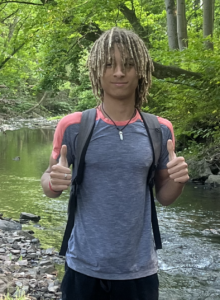 Lambertville, NJ
Lambertville, NJ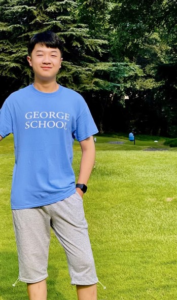 Chongqing, China
Chongqing, China Pennington, NJ
Pennington, NJ Yardley, PA
Yardley, PA Bensalem, PA
Bensalem, PA Borgota, Colombia
Borgota, Colombia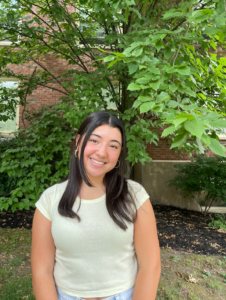 Newtown, PA
Newtown, PA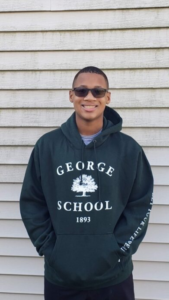 Burlington, NJ
Burlington, NJ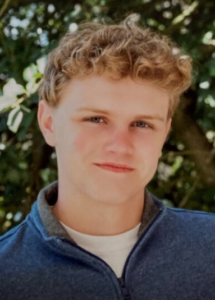 Langhorne, PA
Langhorne, PA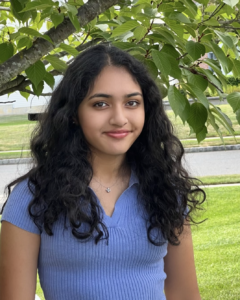 Princeton, NJ
Princeton, NJ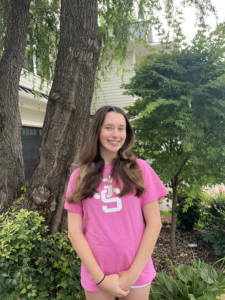 Langhorne, PA
Langhorne, PA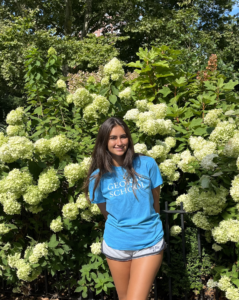 New York City, NY
New York City, NY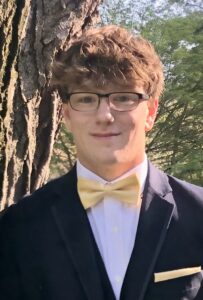 New Hope, PA
New Hope, PA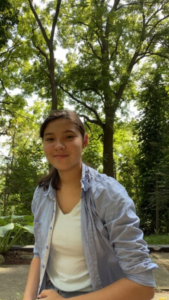 St. Catharines, Ontario, Canada
St. Catharines, Ontario, Canada Providenciales, Turks and Caicos Islands
Providenciales, Turks and Caicos Islands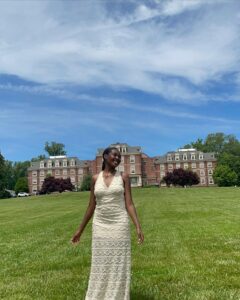 Willingboro, NJ
Willingboro, NJ Princeton, NJ
Princeton, NJ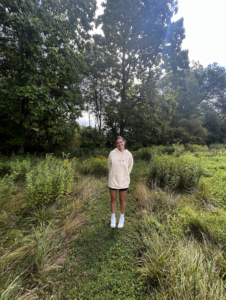
 Newark, NJ
Newark, NJ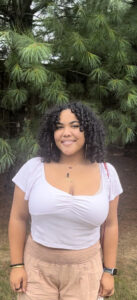 Trenton, NJ
Trenton, NJ Newtown, PA
Newtown, PA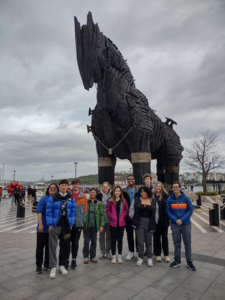
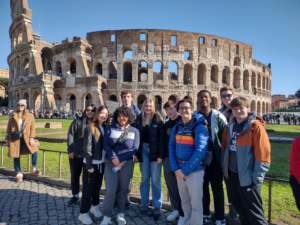
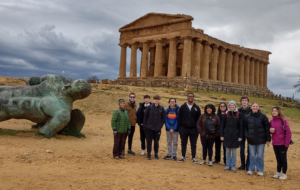
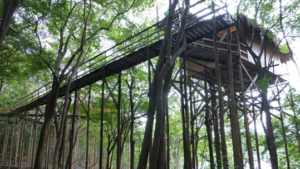
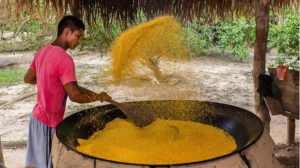


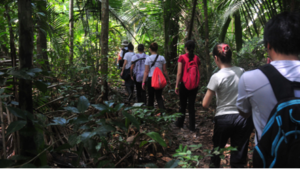
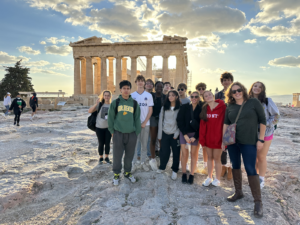
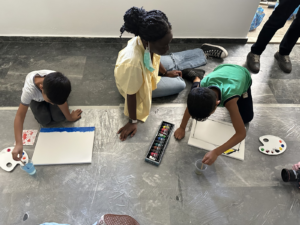
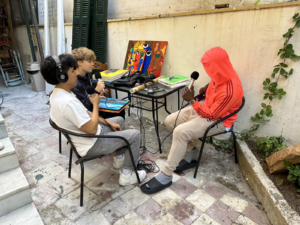
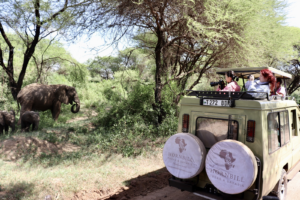
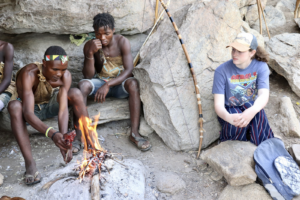
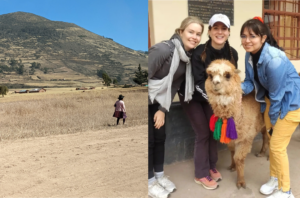
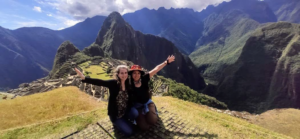
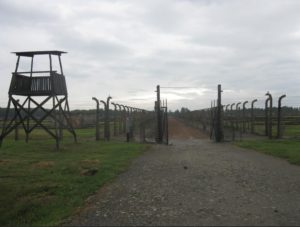
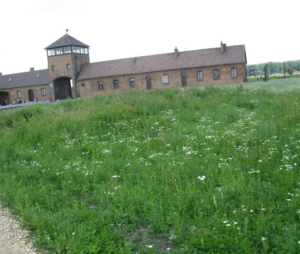
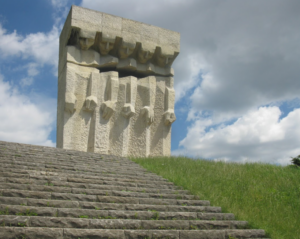
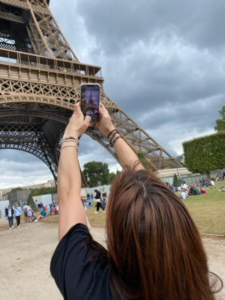
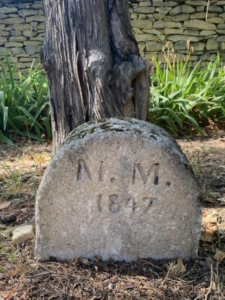
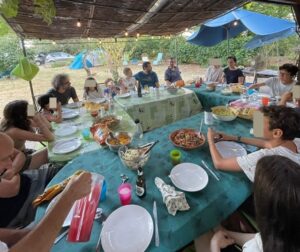
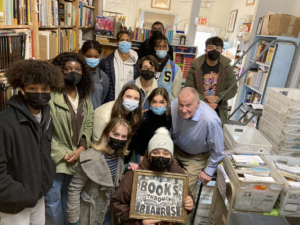
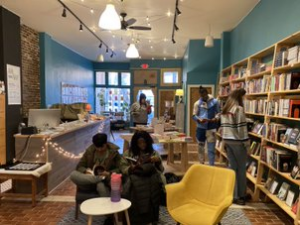
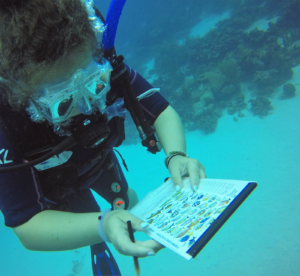
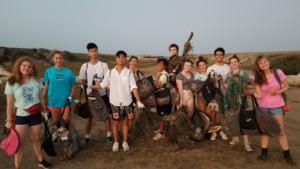
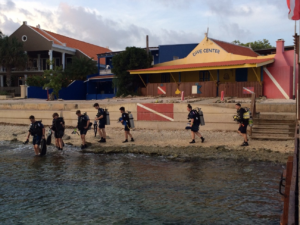
 Lawrence, NJ
Lawrence, NJ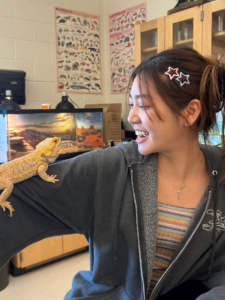 Seoul, South Korea
Seoul, South Korea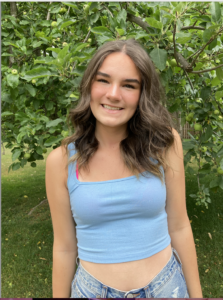
 Milwaukee, Wisconsin
Milwaukee, Wisconsin Pennington, NJ
Pennington, NJ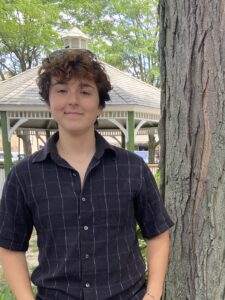 Jenkintown, PA
Jenkintown, PA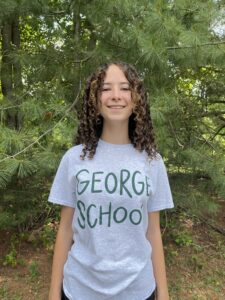 Ottsville, PA
Ottsville, PA Yardley, PA
Yardley, PA Providenciales, Turks and Caicos Islands
Providenciales, Turks and Caicos Islands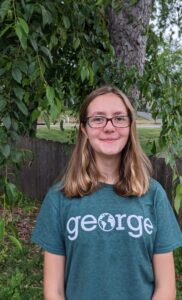 Hopewell, NJ
Hopewell, NJ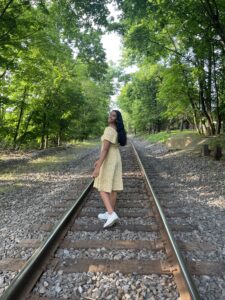
 Pottstown, PA
Pottstown, PA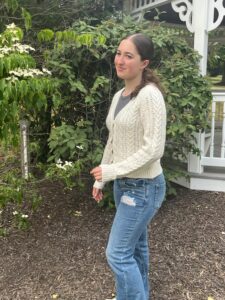 Playa del Carmen, Quintana Roo, México
Playa del Carmen, Quintana Roo, México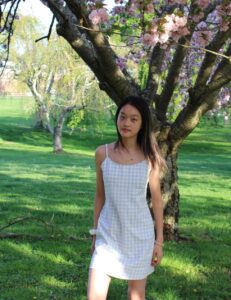 Shanghai, China
Shanghai, China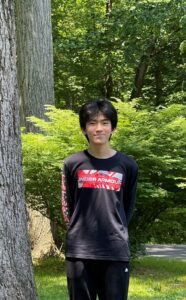 Beijing, China
Beijing, China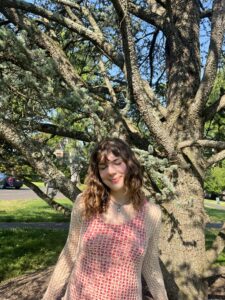 Yardley, PA
Yardley, PA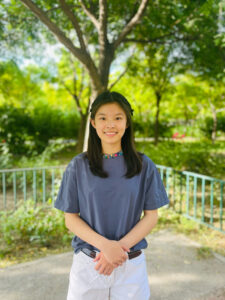 Beijing, China
Beijing, China Holland, PA
Holland, PA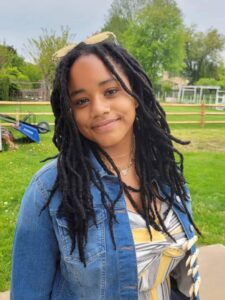 Langhorne, PA
Langhorne, PA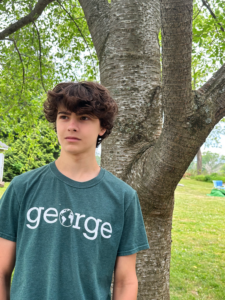 Ringoes, NJ
Ringoes, NJ New Hope, PA
New Hope, PA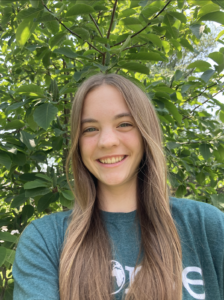 Dreshner, PA
Dreshner, PA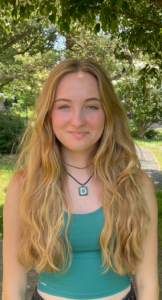 Yardley, PA
Yardley, PA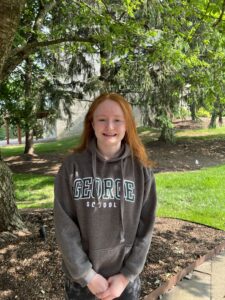 Yardley, PA
Yardley, PA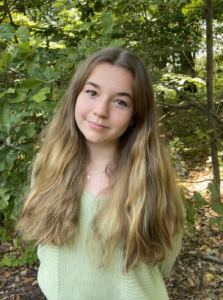 PA
PA

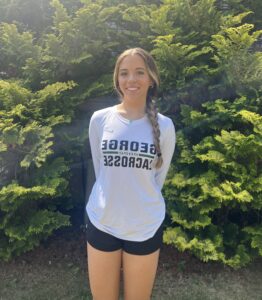
 Xi’an, China
Xi’an, China